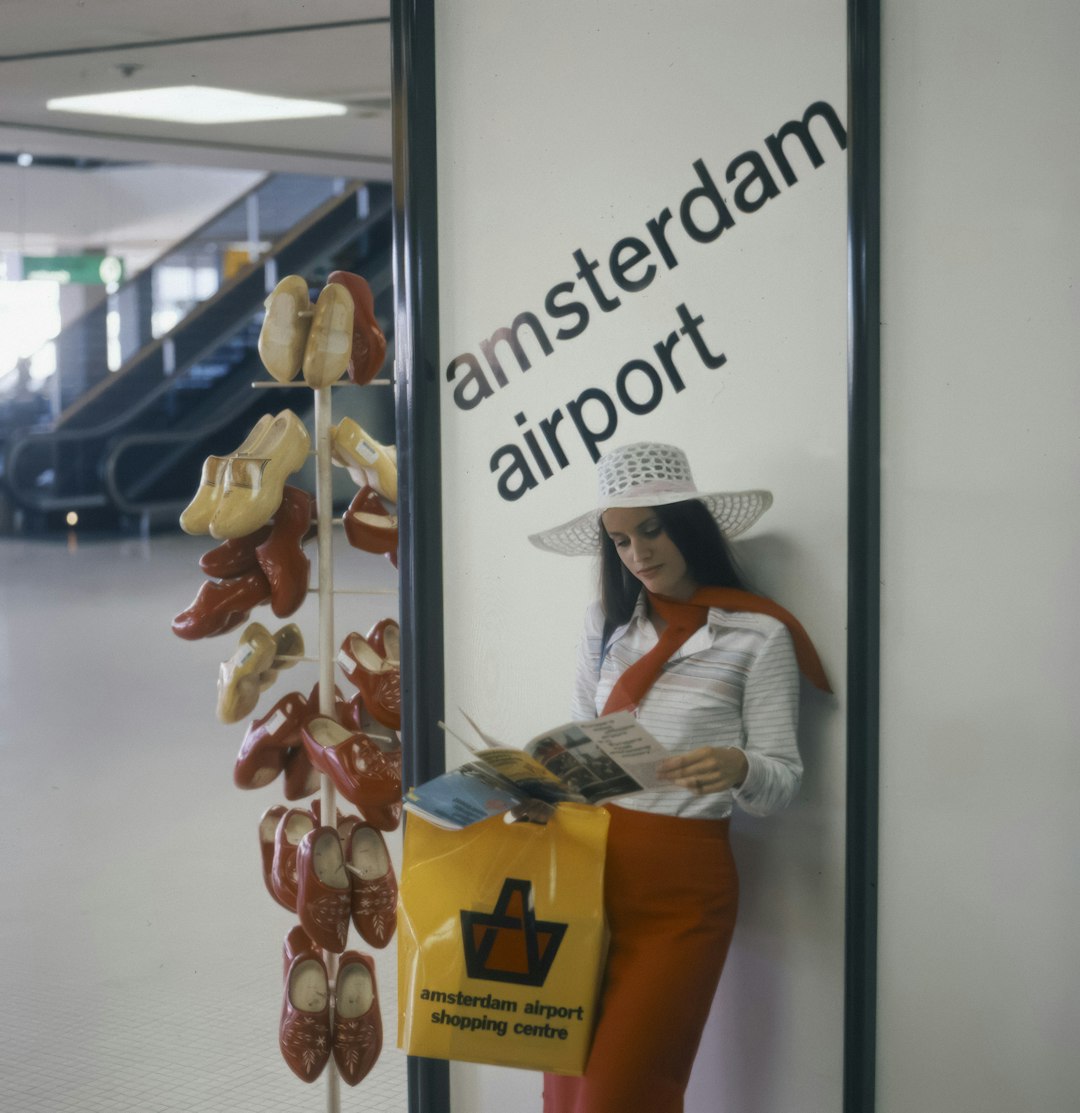All About Airports: An In-Depth Guide
Airports are the gateways connecting cities, countries, and continents, enabling the global movement of people and goods. They are bustling hubs of activity that play critical roles not just in transportation, but also in economic development, tourism, and international relations. This article presents a comprehensive overview of airports, detailing their types, operations, facilities, and impact.
1. What Is an Airport?
An airport is a complex facility designed for the arrival, departure, and maintenance of aircraft. It typically includes runways, taxiways, aprons, terminals, control towers, and numerous support services that ensure the safe and efficient movement of aircraft and passengers.
2. Types of Airports
Airports can be classified based on size, function, and ownership. Here’s an overview:
| Type | Description | Examples |
|---|---|---|
| International Airport | Handles flights between countries; usually has customs and immigration facilities | Heathrow (London), JFK (NYC) |
| Domestic Airport | Serves flights within a single country | Dallas Love Field |
| Regional Airport | Smaller, serving specific areas; may connect to larger hubs | Exeter Airport (UK) |
| Private Airport | Owned by individuals or corporations, for personal or business use | NetJets’ private airfields |
| Military Airport | Operated by armed forces for defense and strategic operations | Andersen AFB (Guam) |
| Heliport | Specializes in helicopter operations | Manhattan Heliport |
3. Major Components of An Airport
Let’s break down the key physical and operational elements:
3.1 Runways and Taxiways
- Runways: Paved or unpaved strips for takeoffs and landings. Large airports often have multiple runways.
- Taxiways: Paths aircraft use to move between runways and terminals.
3.2 Aprons
The tarmac areas where aircraft park, load, unload, refuel, or undergo maintenance.
3.3 Terminal Buildings
Where passengers check in, clear security, and board/disembark from aircraft. Terminals are divided into:
- Arrivals and Departures
- Domestic and International sections
3.4 Air Traffic Control Tower
Ensures safe and orderly aircraft movement on the ground and in the airspace around the airport.
3.5 Ancillary Facilities
- Cargo terminals: For goods.
- Maintenance hangars: For aircraft repair.
- Administrative offices
- Catering services
4. Services and Amenities
Modern airports, especially international ones, provide a wide array of services:
| Service/Amenity | Description |
|---|---|
| Lounges | Relaxation areas, often exclusive to business/first-class passengers |
| Shopping & Dining | Duty-free shops, restaurants, cafes |
| Transportation Links | Taxis, buses, rail connections |
| Luggage Services | Lost & found, baggage wrapping |
| Wi-Fi & Workspaces | Free or paid internet, charging stations |
| Hotels | On-site or nearby accommodations |
| Medical Services | Clinics, first-aid stations |
| Children’s Play Areas | Entertainment and care for young travelers |
5. How Airports Operate
Efficient airport operations require the coordinated effort of multiple stakeholders:
- Airlines: Schedule and operate flights, manage tickets and boarding.
- Airport Authority: Manages facilities, security, and overall operations.
- Air Traffic Control (ATC): Guides aircraft for safe take-off, landing, and navigation.
- Ground Staff: Handle luggage, aircraft cleaning, catering, and passenger assistance.
- Security: Monitors safety and checks for prohibited items.
- Customs and Immigration: Controls border security and necessary documentation.
6. Security Measures
Growing global concerns require strict airport security:
- Baggage Screening: X-rays, explosive detection, manual checks.
- Passenger Screening: Metal detectors, body scanners.
- ID Verification: Passport and boarding pass checks.
- Surveillance: CCTV throughout terminals.
7. Environmental Impact and Innovations
Airports can have substantial environmental footprints: noise pollution, air quality, and waste management are major issues. Sustainable approaches include:
| Innovation/Strategy | Purpose | Example |
|---|---|---|
| Green Buildings | Reduce energy/water usage | Solar-powered terminals |
| Electric Ground Vehicles | Lower greenhouse emissions | Electric buses and baggage carts |
| Noise Abatement Routes | Minimize noise over residential areas | Curved flight paths |
| Rainwater Harvesting | For irrigation & maintenance | Changi Airport’s green zones |
8. Measuring Airport Activity
Airports are often ranked by traffic volume:
| Rank | Airport Name | Location | Annual Passengers (2023)* |
|---|---|---|---|
| 1 | Hartsfield–Jackson ATL | Atlanta, USA | ~104 million |
| 2 | Beijing Capital International | Beijing, China | ~90 million |
| 3 | Dubai International | Dubai, UAE | ~88 million |
| 4 | Los Angeles International (LAX) | Los Angeles, USA | ~85 million |
| 5 | Tokyo Haneda | Tokyo, Japan | ~84 million |
(*approximate figures)
9. The Future of Airports
Advancements such as biometrics for seamless boarding, smart baggage handling, contactless services, and integration of artificial intelligence are set to redefine the passenger experience. Urban air mobility (like air taxis) and further automation of airport operations will make air travel more efficient and sustainable.
Conclusion
Airports are more than just transit points—they are intricate ecosystems that reflect the dynamism and interconnectedness of our world. From modest airstrips to sprawling mega-hubs, they continue to evolve, adapting to the changing needs of passengers, airlines, and the planet itself.
Whether you're a frequent flyer or a budding aviation enthusiast, understanding airports enriches your journey and appreciation for these marvels of modern infrastructure.
